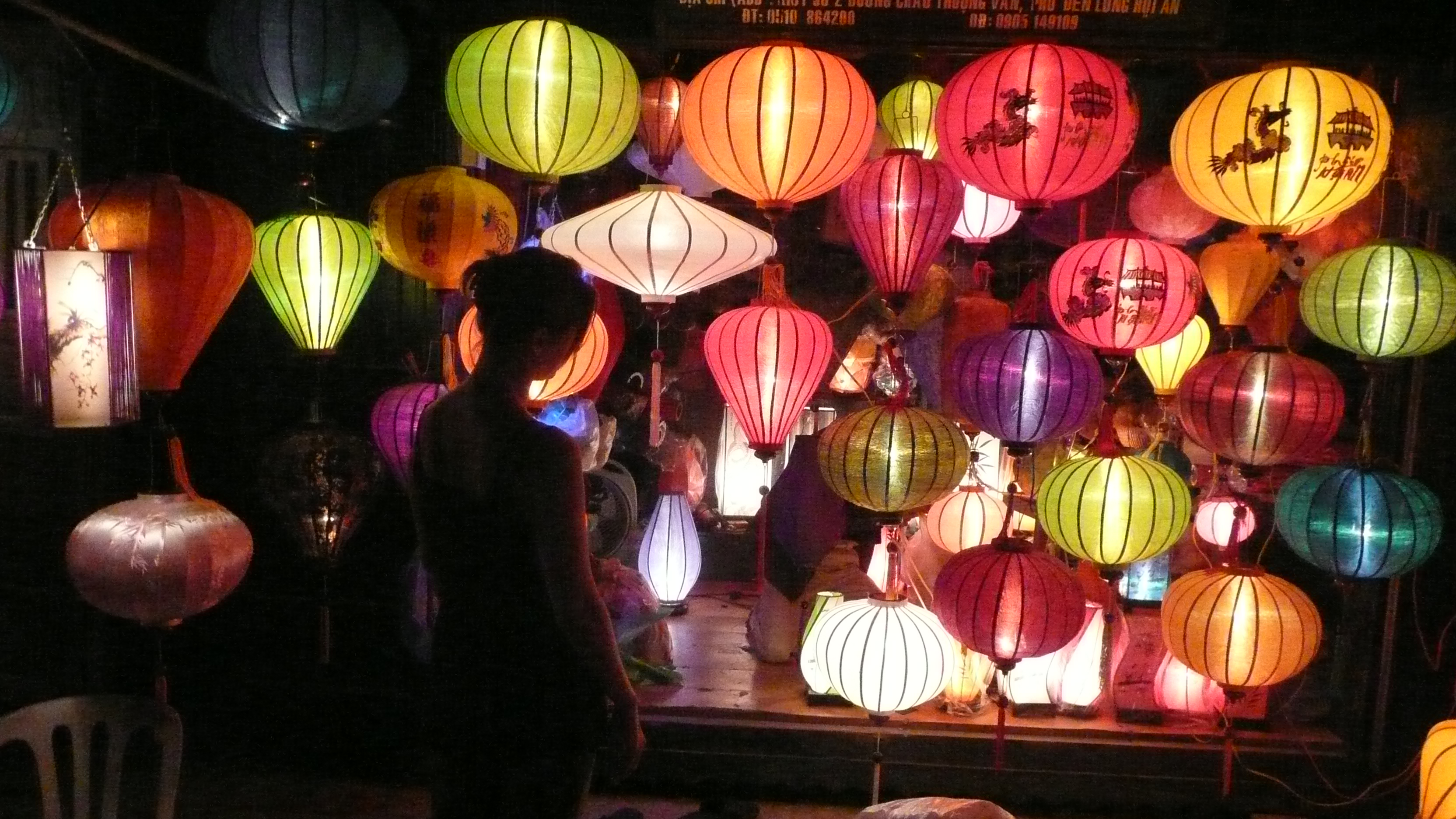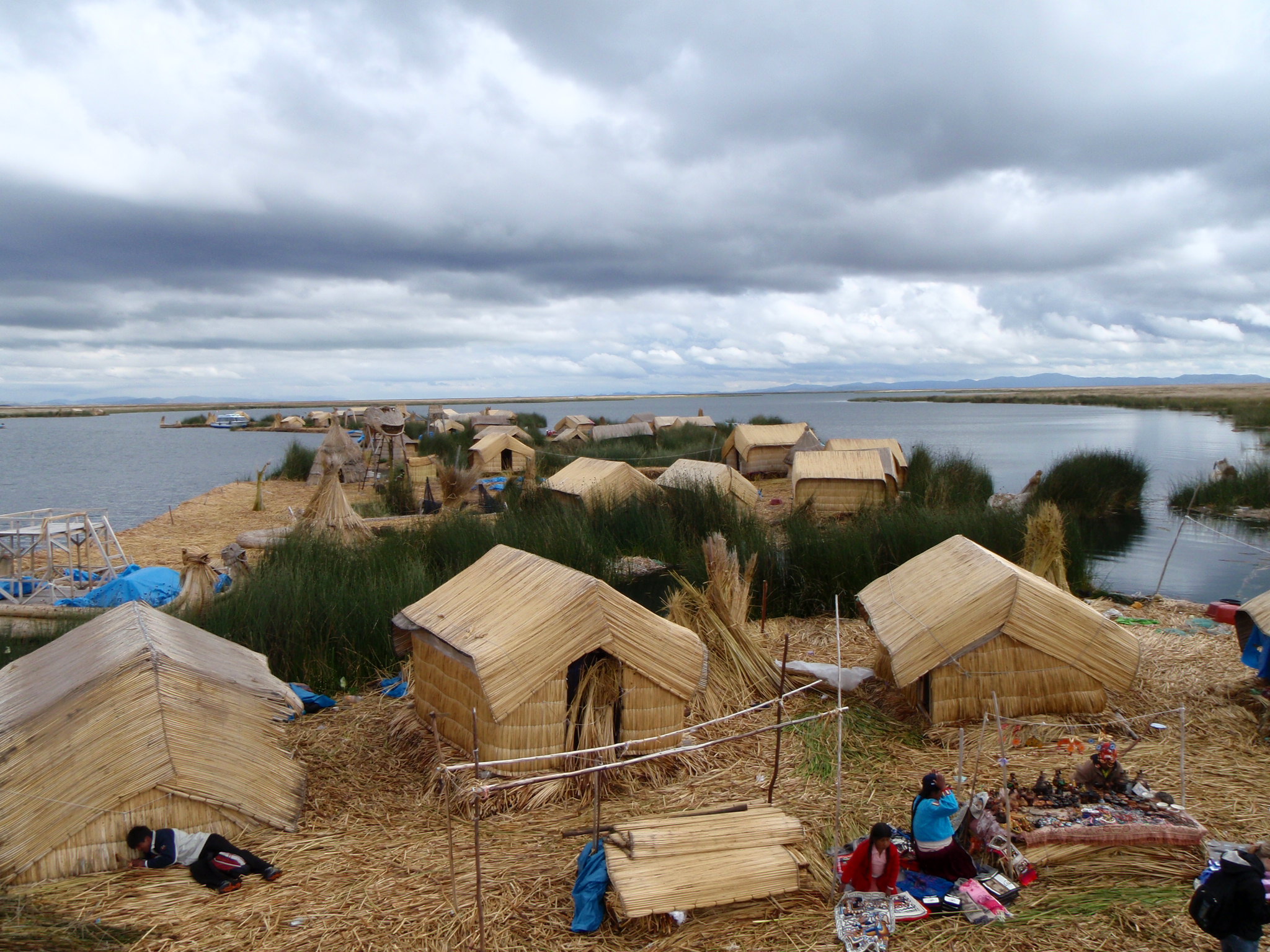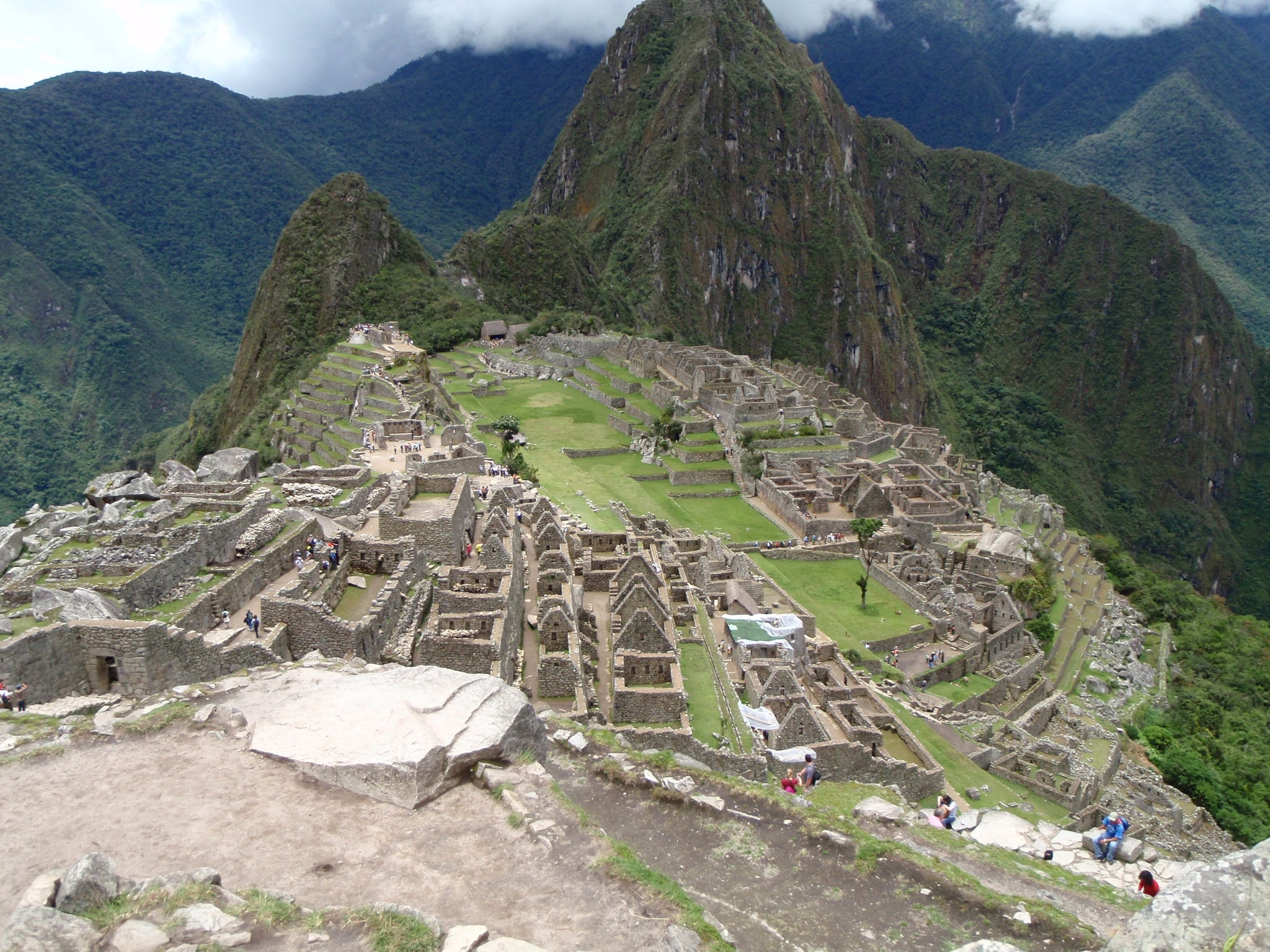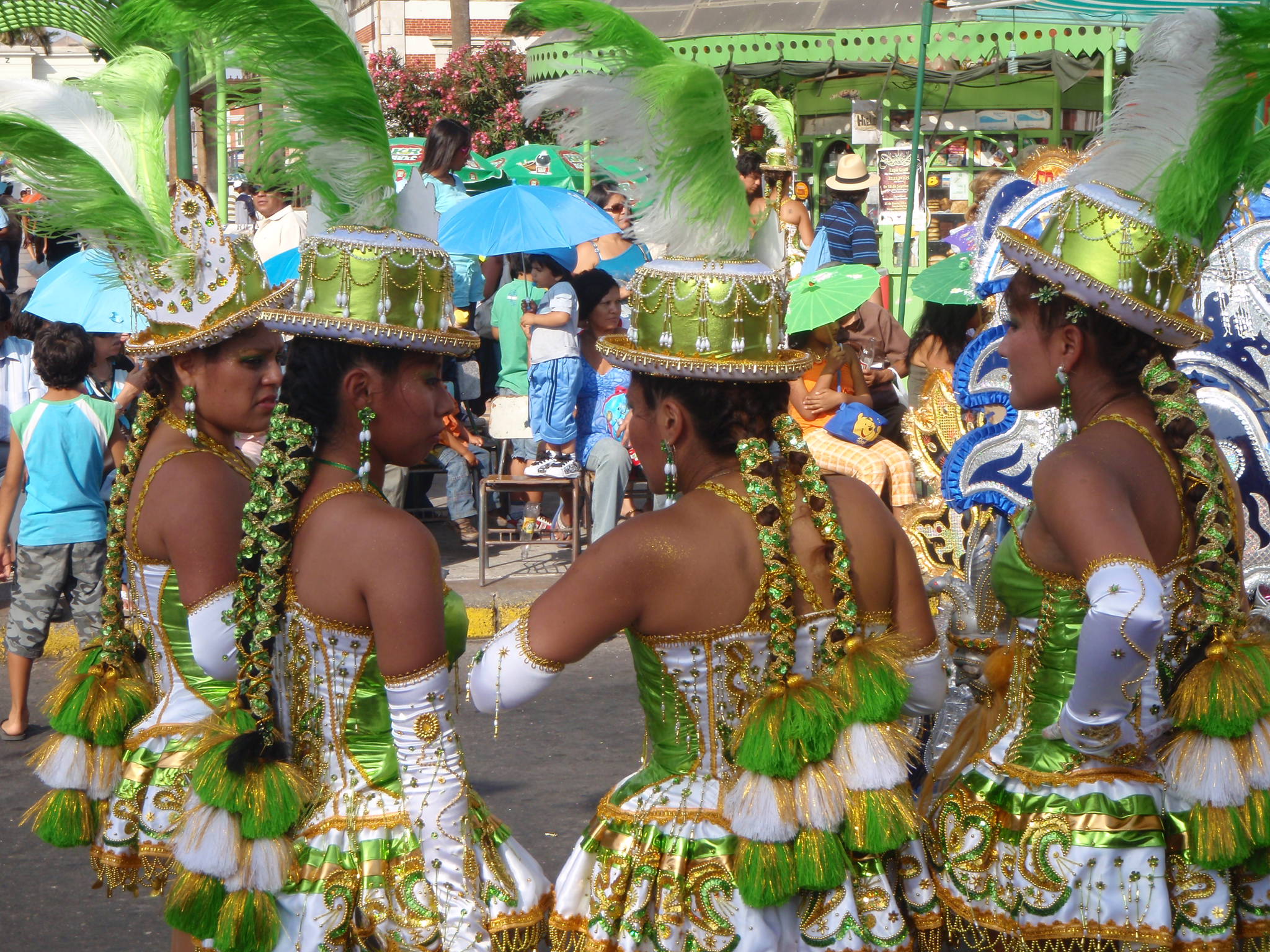Floating Islands in the Andes
A week and a half into Chile and we’ve finally found the time to write about our remaining Peru adventures. Still buzzing from our Machu Picchu trip, we boarded the Andean Explorer, a luxury train owned by Orient Express, that took us on a spectacular ten hour trip on our way to the town of Puno, which sits on the shore of Lake Titicaca. From the glass domed observation car we sipped pisco sours and watched the beautiful countryside roll by. Passing vast herds of llamas, alpacas, and the less seen vicunas, we enjoyed swapping stories with fellow travelers while being entertained by local musicians. Our hesitation about breaking our budget with the pricey train tickets was dismissed as it turned out to be worth every cent and another highpoint of our trip.
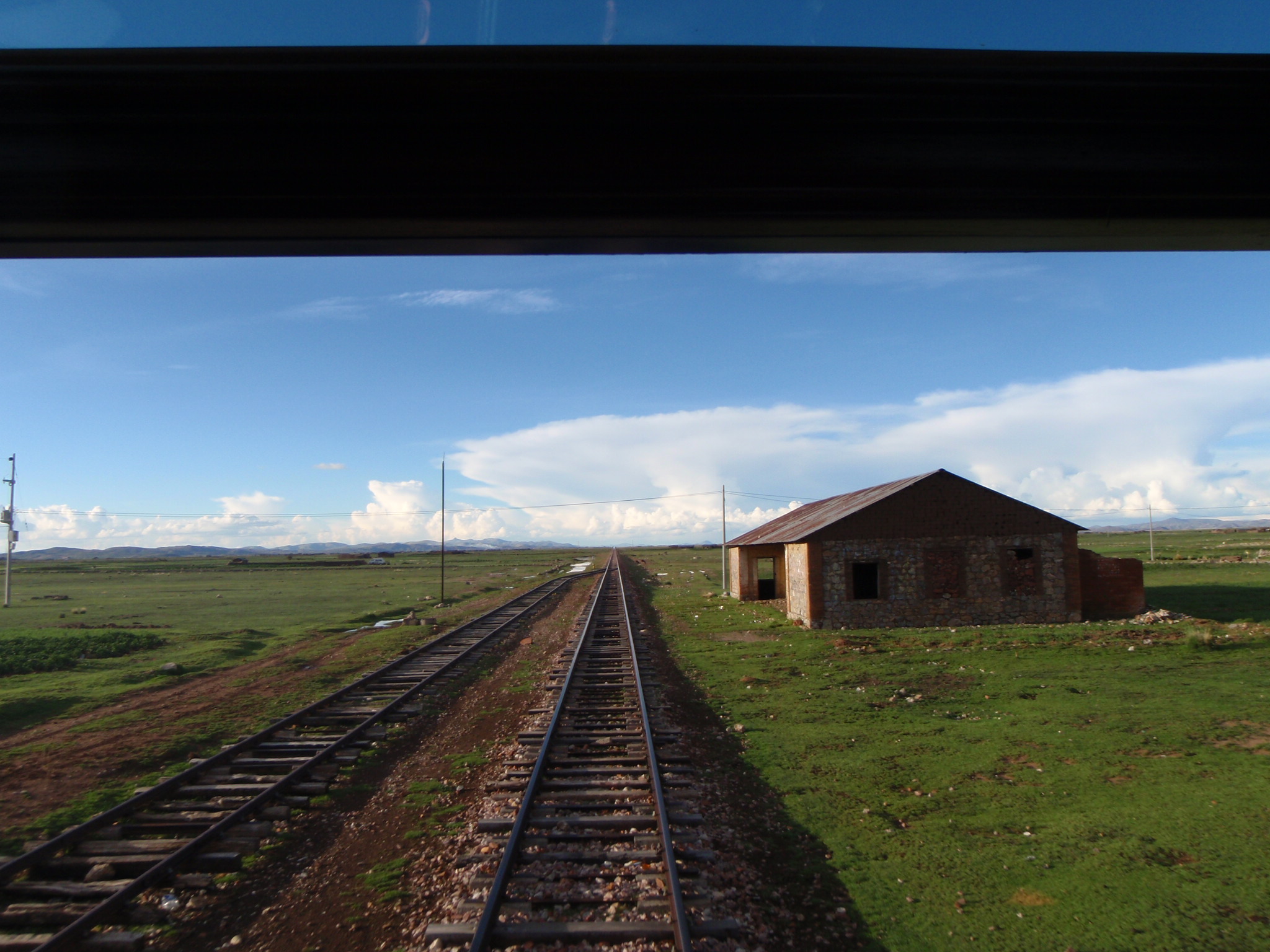
The underwhelming city of Puno was overshadowed by the majestic lake, the largest navigable lake in the world. After booking our tickets at the local port, which would enable us to visit the islands, we boarded a boat crowded with local islanders, their weekly supplies, and a few other tourist. We spent the day first visiting the floating reed islands not too far from shore. Built entirely from the dried lake reeds or Uros, the indigenous peoples have lived on these islands for centuries after fleeing from their Inca conquerors who originally forced them into hard labor, instead opting for a more peaceful life of fishing and trading with neighboring tribes.
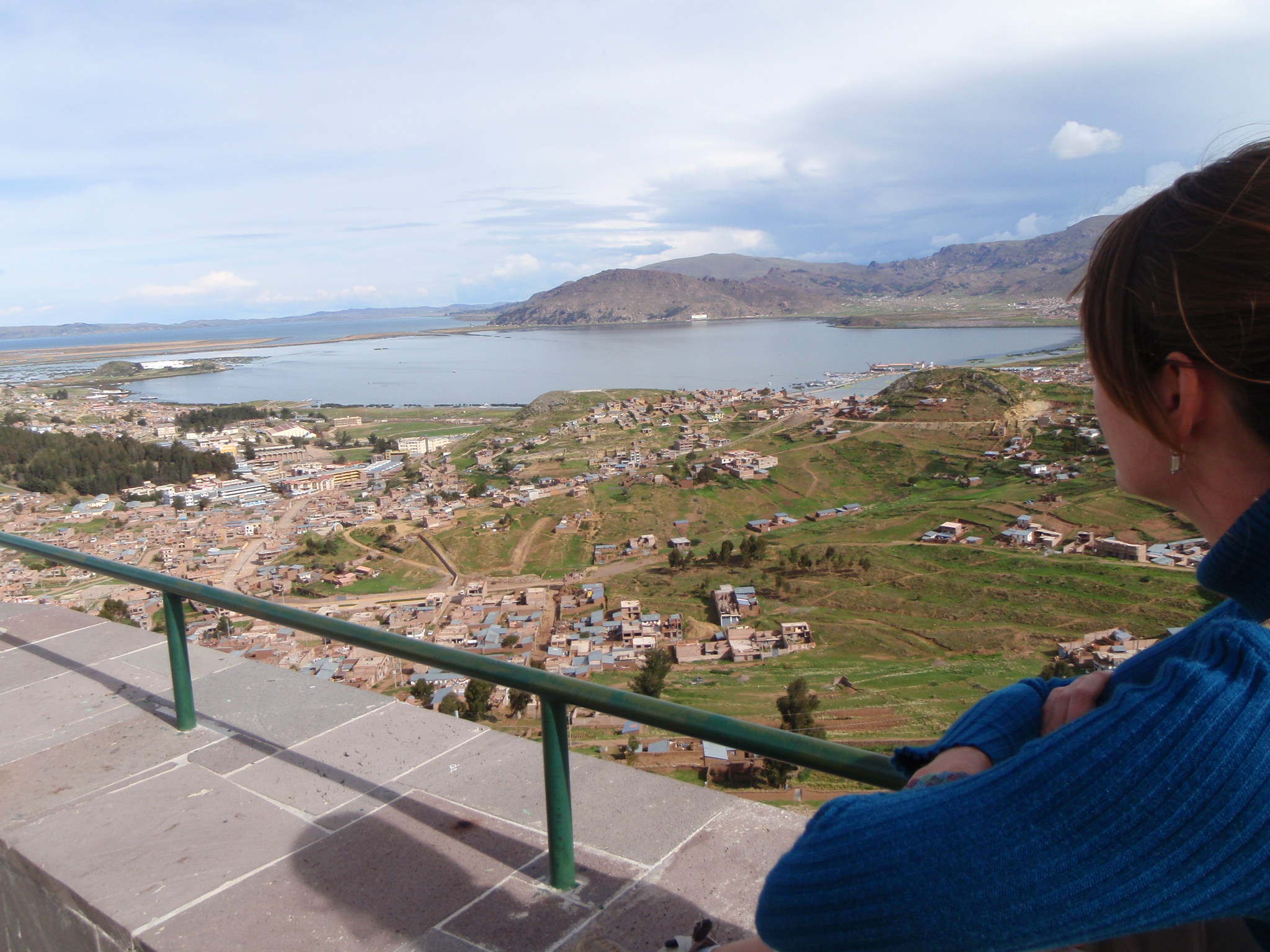
Lila, ready to barf at this point, was happy when we arrived at our final destination, the island of Taquile, one of the largest islands in the lake. Our guide Eliseo and his mother and father (our captain) shared stories of the local customs and legends as we toured the island for the day. When the Spanish arrived they moved the islands inhabitants to the mainland and turned Taquile into a prison. Without running water or electricity (aside from the one solar panel given to each family by the Peruvian government) today Taquile is still and important agricultural treasure, it’s unique micro-climate allowing for year-round sunny days and abundant crops.
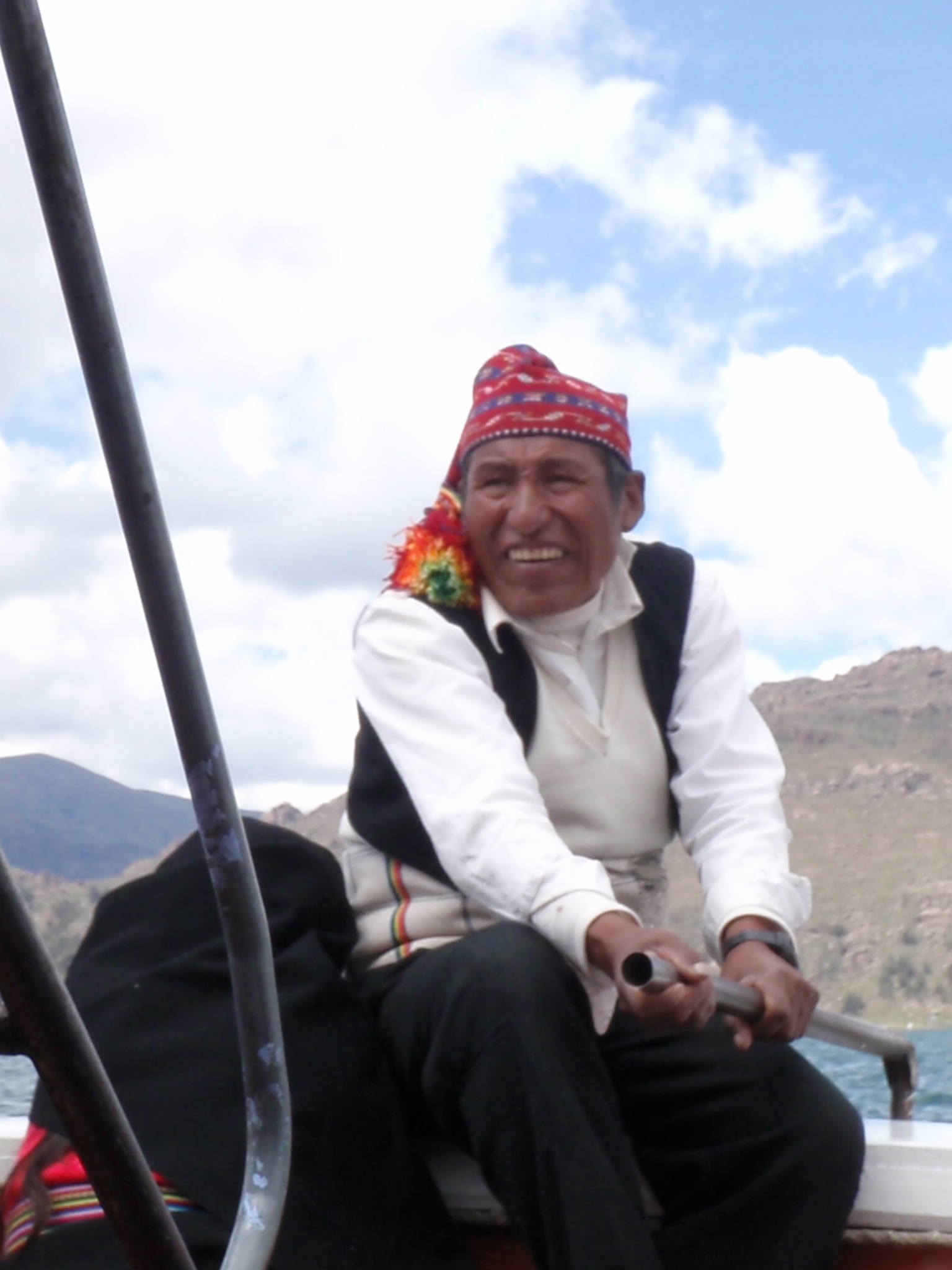
If you plan on touring the islands of Lake Titicaca be sure to book with a local island tour company, which will help to benefit the island communities and not just the tour companies. We highly recommend Eliseo and his family – eliseodetaquile@hotmail.com.
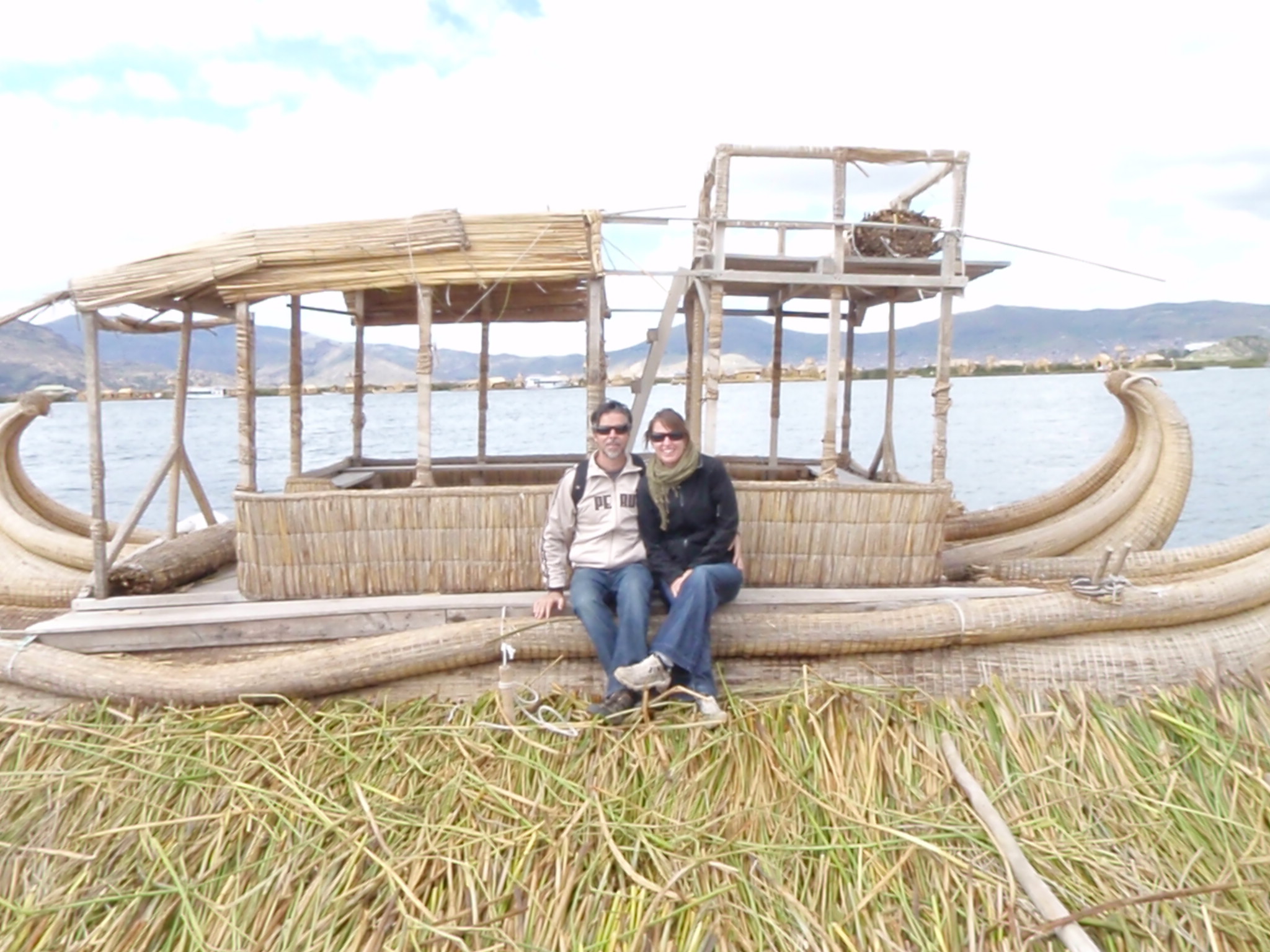
Another six hour bus ride brought us to the stunning colonial city of Arequipa. After two weeks of non-stop activity, we were happy to relax and not have an agenda of things to do. We enjoyed the many courtyards of our rambling colonial hotel Casa de Melgar and spent time people watching in the Plaza de Armas. Lila was delighted at the many Turkish and Moroccan restaurants as well as the French wine bar run by a young French/Peruvian couple. Arequipa is a beautiful city and the architecture is some of the most interesting we’ve seen.
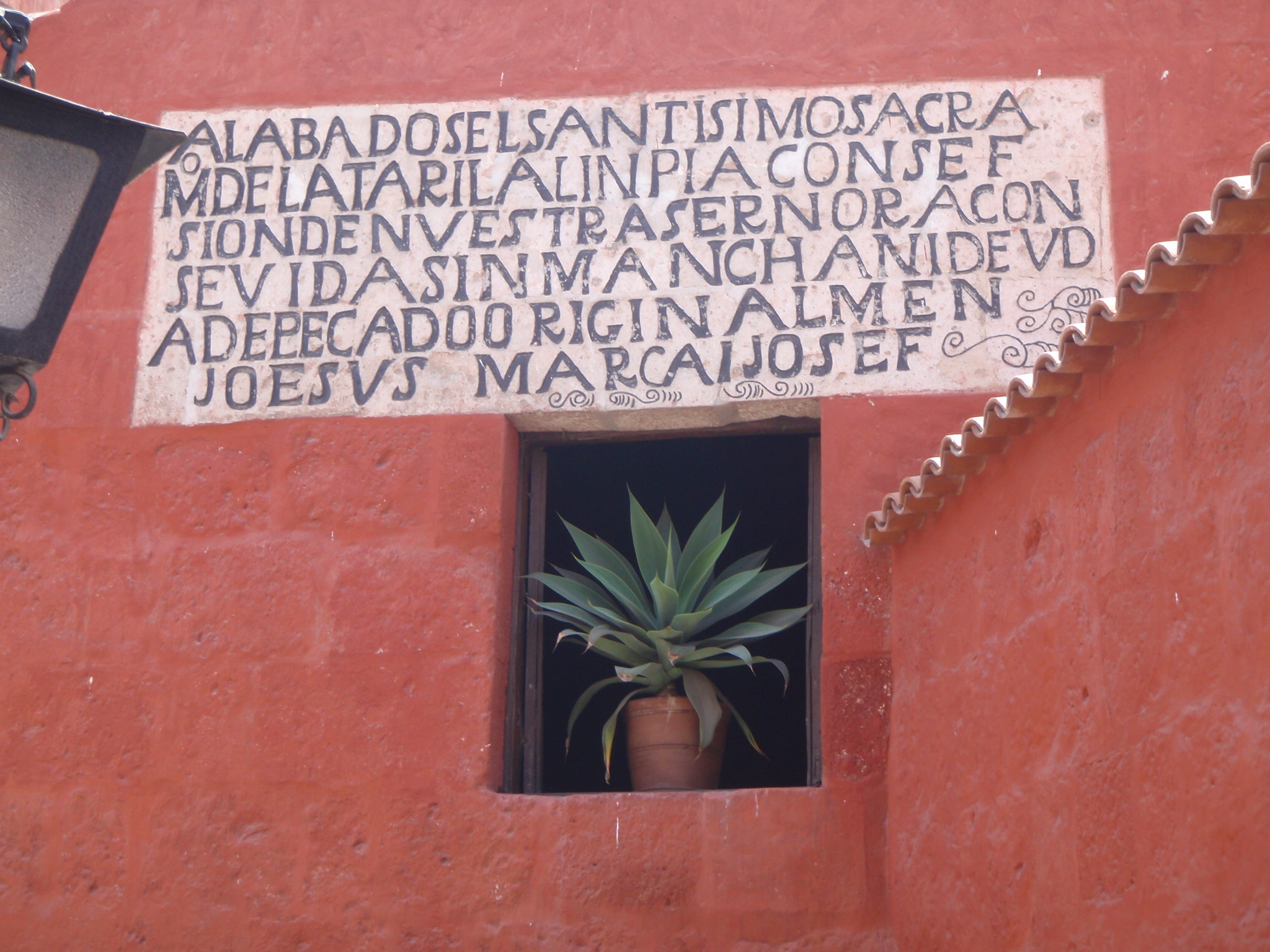
Another long bus ride and a quick train across the border has brought us into the long narrow country of Chile. Now that we have our own laptop (forgot to mention that), we’ll be writing more soon…
New Peru pics are here.


